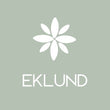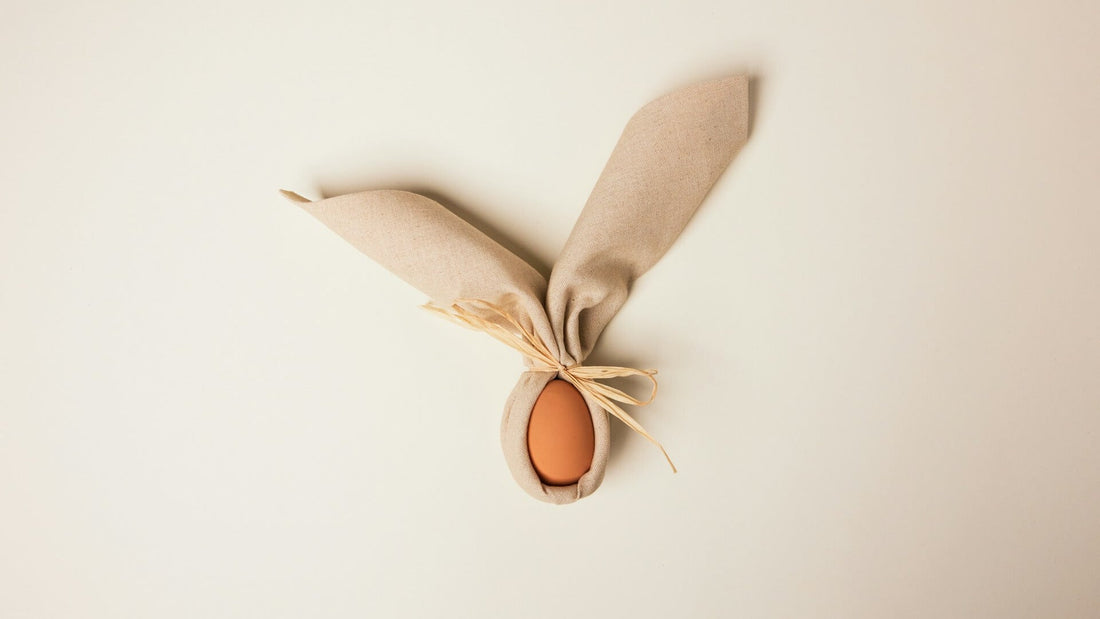Hej everyone,
while Easter is celebrated in many parts of the world with colorful egg hunts, chocolate bunnies, and religious ceremonies, the Scandinavian countries have their own unique traditions. From mystical witchcraft customs in Sweden to thrilling mystery stories in Norway, Easter in Scandinavia is a fascinating blend of Christian, pagan, and modern elements.
Immerse yourself with us in the Easter world of Scandinavia and learn how this special spring festival is celebrated in Sweden, Norway, Denmark and Finland.
Sweden: When Easter witches go around the houses
One of the most unusual Scandinavian Easter traditions can be found in Sweden: Påskkärringar – the Easter witches.
Easter witches and their tradition
On Maundy Thursday or Holy Saturday, children dress up as little witches as they roam the neighborhood. With headscarves, long skirts, and colorful scarves, they look like they've stepped out of a fairytale book. They knock on doors, hand out hand-painted Easter cards, and hope for candy – just like at Halloween.
But where does this custom come from?
It goes back to the old folk belief that witches fly to Blåkulla, a mystical mountain, during Holy Week to meet with the devil. In the past, large Easter bonfires were even lit to keep witches away – today, instead, there are fireworks or simply joyful celebrations.

Easter eggs & festive foods
As in many countries, Easter eggs are a part of the Easter season in Sweden. They are placed in large cardboard eggs (Påskägg) filled with sweets and given to children.
The traditional Easter meal includes:
Pickled herring (Sill)
Salmon (Lax)
roast lamb
Prinsesstårta (princess cake)
Of course, a good Påskmust is a must – a malty drink reminiscent of cola and only available at Easter time.
Norway: When Easter becomes crime season
While many countries associate Easter with religious celebrations, in Norway Easter means one thing above all: crime stories!
Påskekrim – Why Norwegians love crime novels at Easter
Since the 1920s, it's been a Norwegian tradition to read or watch thrilling crime novels on television over Easter. Whether books, series, or films—during the holidays, everything revolves around murder cases, detectives, and dark secrets.
Why?
The origins lie in a 1923 advertising campaign, when a crime novel titled "The Train to Bergen Was Robbed" was released just in time for Easter, and many believed it to be true news. The enthusiasm for Easter crime novels endured—and became a nationwide tradition.
Ski tours & hut fun
In addition to thrilling crime novels, an Easter trip to the mountains is a must for many Norwegians. Most people spend the holidays in their cabins (hytter), enjoying nature, and going on extensive ski tours. Of course, a hot cup of cocoa and Kvikk Lunsj (a type of Norwegian KitKat) are a must!

Denmark: Easter letters with secret messages
Denmark celebrates Easter in a particularly creative way – with Påskebreve, the Easter letters.
Mysterious letters & puzzles
A Påskebrev is an artfully cut-out letter with a short poem or riddle, but without a sender's name! Instead, it contains dots for each letter of the name.
The goal?
The recipient has to guess who the letter is from. If they don't, they owe the sender an Easter egg. If they find out, the sender receives an egg. This is a playful and creative Easter tradition that's especially popular with children.
Osterfrokost – the big Easter breakfast
In Denmark, Easter is often celebrated with a large Easter breakfast (Påskefrokost).
This traditional feast consists of:
Herring in various variations
Salmon, eggs and shrimp
Meatballs & roast lamb
Rugbrød (rye bread) with butter
Schnapps and beer – because a "Skål" belongs to it!

Finland: A touch of Russia & Sweden
Finland combines Scandinavian and Eastern European influences and has its very own Easter traditions.
Virvonta – The Finnish Palm Sunday
A similar tradition to the Swedish Påskkärringar also exists in Finland: Virvonta.
Here, on Palm Sunday, children go door to door with decorated birch branches, recite a short blessing, and hand over the branches as a symbol of health and happiness. In return, they receive sweets or small gifts.
Mämmi – A Finnish Easter specialty
Anyone visiting Finland at Easter can't miss Mämmi – a traditional dessert made from rye flour, malt, and water, baked for several hours. It may take some getting used to, but with cream and sugar, it's a real treat!
Conclusion: Scandinavian Easter traditions are unique!
Whether it's mystical witch customs in Sweden, crime thrillers in Norway, creative Easter letters in Denmark, or festive birch branches in Finland – the Scandinavian countries have Easter traditions that are significantly different from those in Central Europe.
What do they all have in common?
A mixture of pagan, Christian and modern elements
Family time is paramount and food, nature and community also play a big role.
Scandinavia shows us that Easter is more than just eggs and chocolate – it is a celebration of spring, family and tradition.
Have you ever celebrated Easter in Scandinavia? Which tradition fascinated you the most? Share it in the comments!

